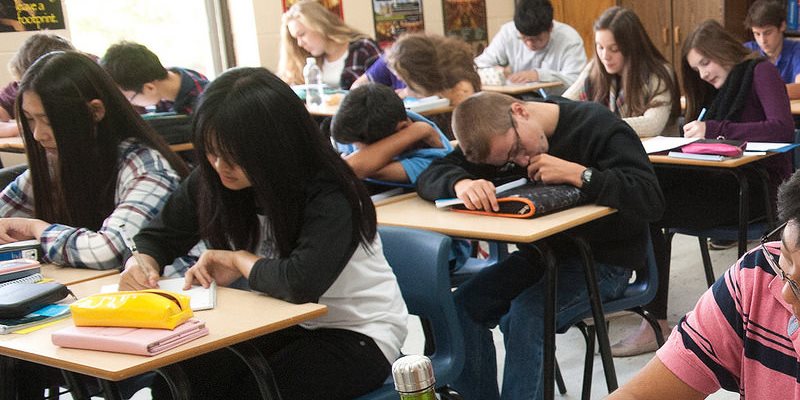Increased public school spending contributing to Ontario's deficit

Recently, Premier Ford’s government appeared to open the door to the possibility of eventually ending full-day kindergarten in Ontario as a deficit-fighting measure. Critics pounced on the government, saying such a move would leave parents in a tight spot and could negatively influence learning outcomes for children. The Ford government subsequently attempted to quell the controversy by stating its ongoing commitment to “full day learning” for four and five year olds in the future.
Setting aside the wisdom of public funding for full-day educational services for four and five year olds, the whole controversy should draw our attention to a closely related public policy issue—rising spending on public schools. Despite near-constant claims of damaging “cuts” to the province’s schools, the reality is that in recent years there has been a substantial increase in spending on public schools. Whatever one thinks about the specific issue of full-day kindergarten, this is a trend that deserves careful attention.
Let’s look at the numbers. In 2006/07, public school spending per pupil in Ontario (in inflation-adjusted 2016 dollars) stood at $11,238. Over the course of the next decade, spending ticked up significantly, reaching $13,321 per student in 2015/16 (the last year of comparable data for all provinces). Over this stretch, inflation-adjusted per-student spending rose by 18.5 per cent. The data do not align with the rhetoric of those constantly criticizing “cuts” to spending in public schools.
Of course, all this extra spending might be justified if it were producing better results. Each year, students in Grades 3 and 6 write provincial exams in reading, writing and math. Fewer than half (49 per cent) of Grade 6 students who wrote the exams met the standard in math in 2017/18. This is a further one percentage point decline from the previous year’s dismal results. Grade 3 students fared better, with 61 per cent of students meeting the standard, but this is also down from 67 per cent in 2013/14.
The comparative international data also indicates that educational performance in Ontario is not improving despite the extra resources. Recent results from the international exams conducted by the OECD given to 15-year-old students every three years in the areas of reading, math, and science tell the story. Ontario has scored lower than both British Columbia and Quebec, which both spend considerably less money per student than Ontario, in each of the main test areas. What’s more, from 2003 to 2015, Ontario experienced a statistically significant decline in math scores.
Given this middling and in some cases declining performance on both the OECD’s measure of student learning and the provincial achievement exams, Ontarians are right to ask questions about whether they are getting good value for the significant increase public school spending over the past decade.
Hopefully the recent controversy over full-day kindergarten in the context of the province’s deficit will spark a broader discussion about the dual problems of rising spending and stagnant performance in Ontario’s schools and what can be done to improve these worrying trends.
Authors:
Subscribe to the Fraser Institute
Get the latest news from the Fraser Institute on the latest research studies, news and events.


